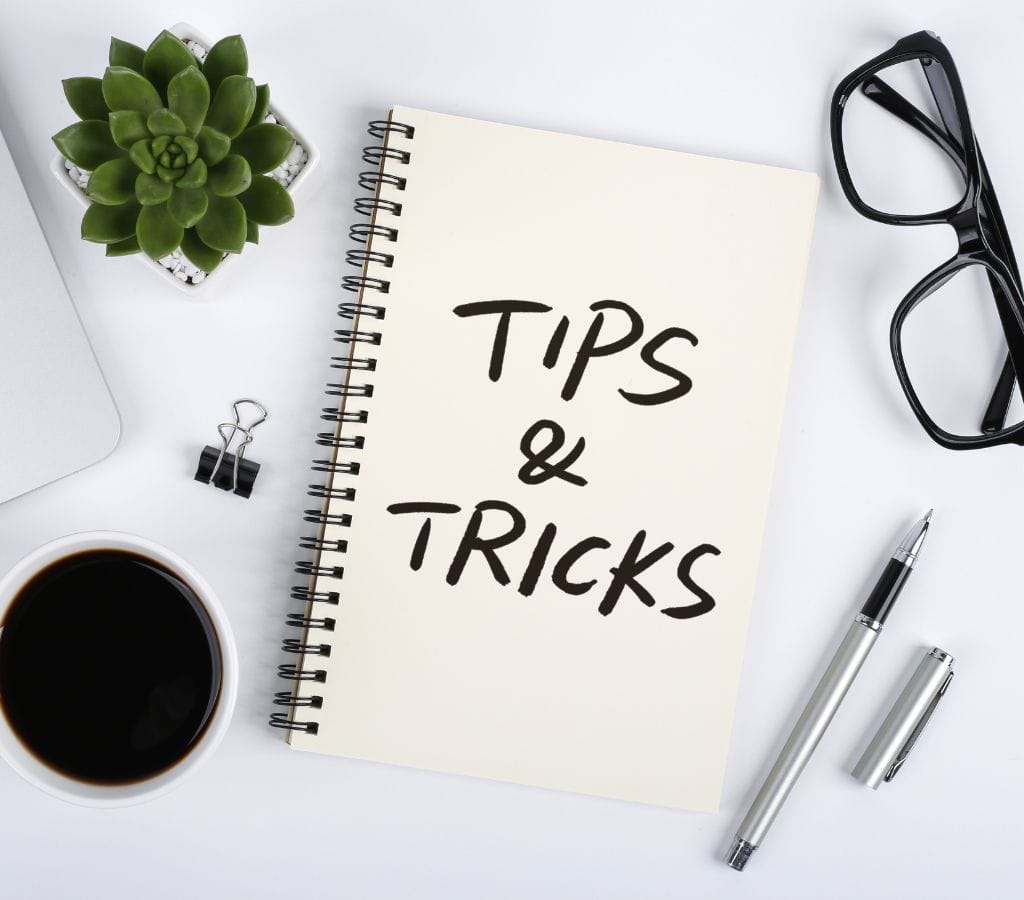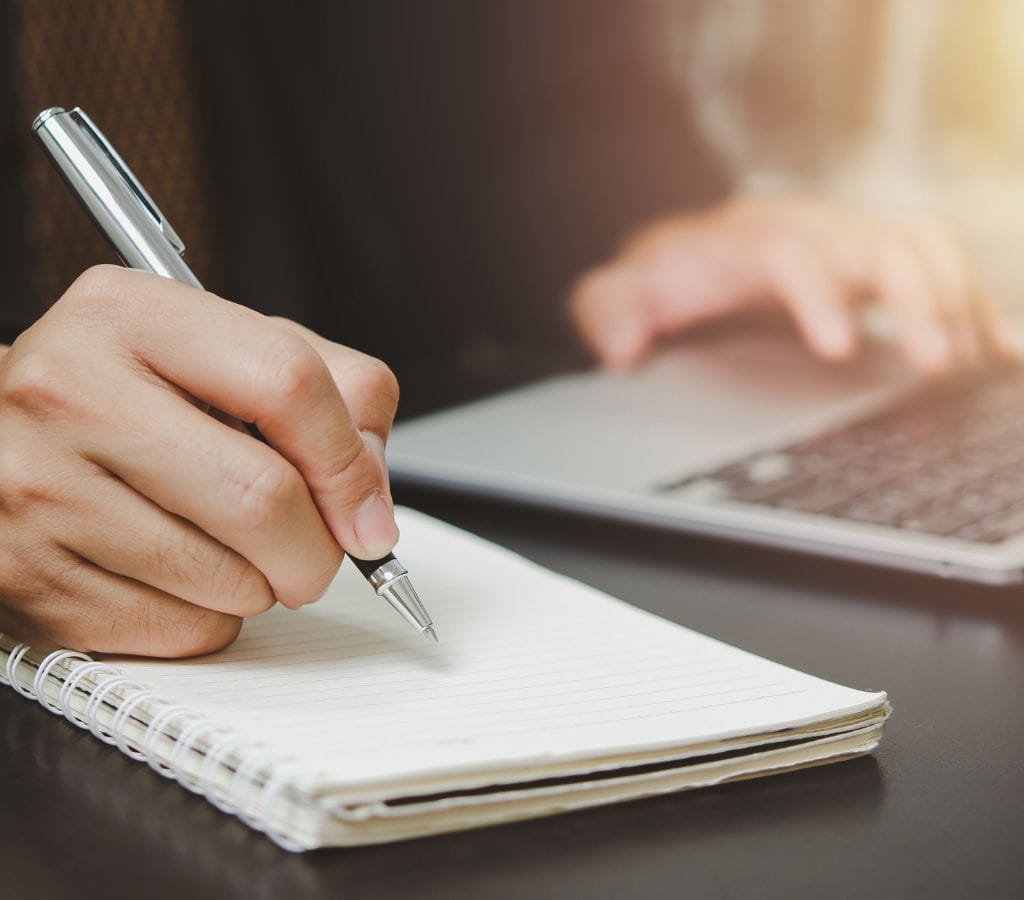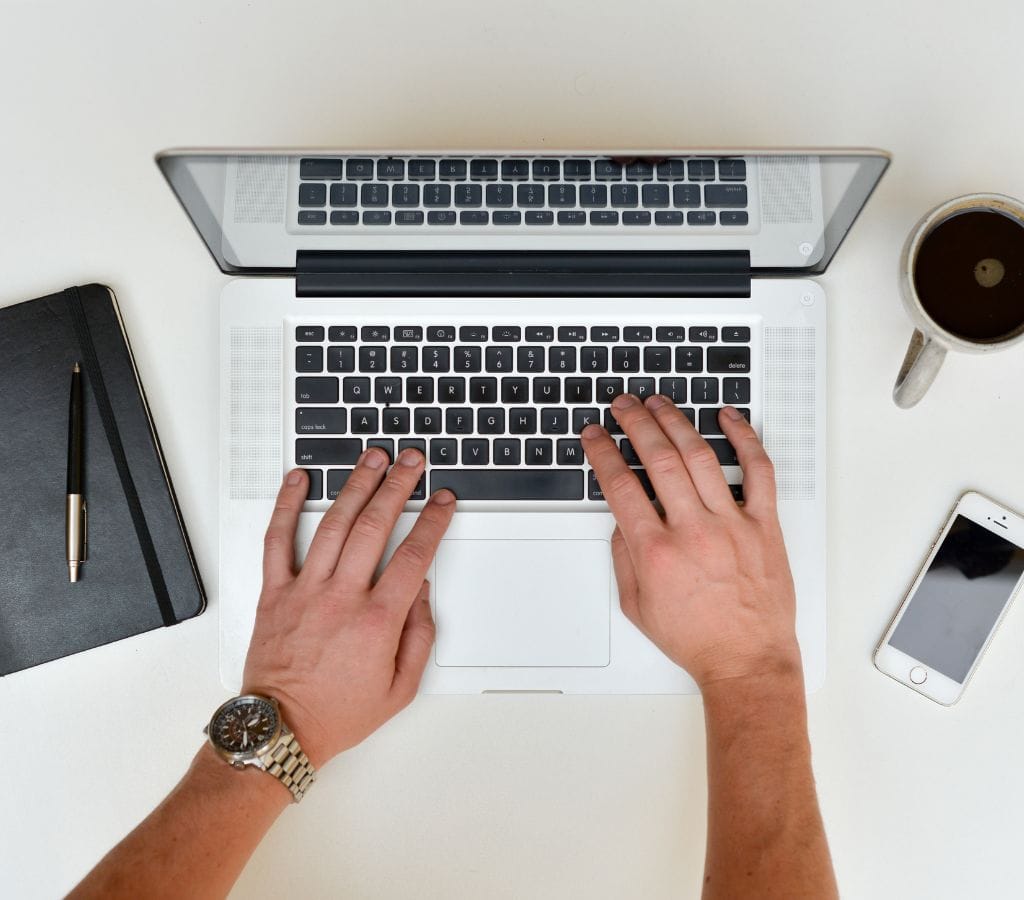A well-written follow-up email is an important part of business communication for building connections, closing deals, and getting a job.
Knowing how to write follow-up emails can improve communication and make sure that first impressions last, whether it's after an interview, job application, sales pitch, or networking event.
Understanding Follow-Up Emails
It's very important to know how and when to send follow-up emails. So, we'll talk about why follow-up emails are important and when it's best to send them.
Benefits of Follow-Up Emails
- Highlight Your Interest: A follow-up email shows that you are still interested in the person who received it. It shows that you care about the relationship and are working to keep it going.
- Boost Relationships: Follow-up emails are a good way to boost and build business relationships. They give you a chance to interact with the recipient, get to know them, and make a link that could lead to future opportunities or collaborations.
- Increase Response Rates: Studies show that sending follow-up emails greatly improves response rates compared to sending the first email. You'll have a better chance of getting a response and moving the talk along if you send a follow-up.
- Stand Out: Follow-up emails help you stand out from the crowd. They show how dedicated, professional, and careful you are, and they leave a lasting effect on the person who receives them.
When to Send Follow-Up Emails
- After Networking Events: It's best to follow up within 24 to 48 hours after a networking event. This window of time lets you strike while the link is still fresh and shows how quick and excited you are to connect.
- Following a Job Interview: Within one hour of the interview, you must write a follow-up email. Not only does this show appreciation for the chance, but it also keeps the interviewer engaged with you.
- Job Applications: It's okay to send a follow-up email if you haven't heard back from a company a week after sending in your application. This time shows that you are interested in the job while still giving the company enough time to look over applications.
- Sales Follow-ups: Sales follow-up emails are sent at different times during the sales cycle. But it's usually best to wait two to three days after the first contact or request to send a follow-up email. This gives the person time to think about the facts and decide what to do.
Understanding the benefits of follow-up emails is important, and when to send them is the first step to good communication. Next, we'll talk about how to organize a well-written follow-up email, starting with how to pick the right subject line.

Ideal Format of Follow-Up Email
If you want to make a good impression and get what you want from your follow-up email, make sure the message is well-structured. So, here we'll talk about the most important parts of a follow-up email.
Good Subject Line
Since the subject line is the first thing someone sees, it's very important that it's interesting and useful. Here are some ideas to help you pick the best subject line:
- Be Brief and Clear: The subject line should be short and to the point, explaining what the email is for.
- Personalize if Possible: In the subject line, use a personal link or reference to get the person's attention.
- Use Call to Action: Use action verbs or words that make people feel like they need to read your email right away or that it is important.
- Avoid Spam Trigger Words: Words like "free," "discount," and "urgent" may set off spam filters, so don't use them.
First Paragraph
You want to make a good impression with the first paragraph of your follow-up email. Here are some suggestions:
- Personalize the Greeting: Call the person by name and use a formal greeting, like "Dear [Name]" or "Hello [Name]."
- Remind Them of the Context: Talk about the last time you talked or where you met to get them to remember you and build a relationship.
- Show your Gratitude: Thank them for their time, consideration, or any help they've given you in the past.
Second Paragraph
The body of your follow-up email should be short, clear, and to the point. Take a look at these things:
- Explain Your Goal: Make it clear why you're sending the email and what you want to accomplish, like setting up a meeting, getting information, or talking about a certain subject.
- Give Background: If you need to, give a short outline of any earlier talks, decisions, or actions that led to this follow-up.
- Value: Make it clear how your idea, suggestion, or request will help the other person. Stress the worth or help you can provide.
- Use Bullet Points or Formatting: Use bullet points or formatting to organize your information so it's easy to read and understand.
Third Paragraph/Closing
The final paragraph of your follow-up email should be professional and leave a good impact. Take a look at these suggestions:
- Show Appreciation: Thank the person for their time, attention, or services.
- Give Next Steps: Make it clear what you want the recipient to do next, whether it's an answer, a meeting request, or some other follow-up action.
- Use Professional and Polite Language: End your email with a polite phrase like "Best regards," "Sincerely," or "Thank you," then write your name and contact information.
By writing your follow-up email well, you improve your chances of getting the person's attention, getting your point across easily, and getting the result you want.

Tips on Writing an Effective Follow-Up Email
To write a good follow-up email, you need to find a good balance between being professional, brief, and personal. So, here you will learn useful tips that will help you make sure your follow-up emails get the response you want.
Staying Professional and Courteous
- Use a Polite Tone: Make sure your email sounds professional and polite the whole time. Remember not to be too casual or too friendly, especially if you don't know the person.
- Check Your Grammar and Spelling: Carefully read over your email to make sure it doesn't have any grammar or spelling problems. You can get help from tools like spell and grammar checks.
- Be Brief: Your email should be short and to the point. Don't waste the other person's time by going on and on about unimportant things.
Keeping the Email Clear
- Get to the Point: Make the point of your email clear from the start. Don't use long introductions or past information that isn't needed.
- Use Concise Language: Use language that is clear and to the point. Don't use language or other complicated words that the other person might not understand.
- Stick to the Main Points: Only include the most important details and requests. Don't send too many messages or details.
Personalizing the Email When Appropriate
- Mention Previous Talks or Interactions: If you've had talks or interactions with the person before, bring them up in your email. This demonstrates that you are alert and have been hearing what is being said.
- Address the Recipient by Name: To make your email more personal, address the person by name. This small act shows that you have taken the time to talk to them directly and helps build a relationship.
- Highlight Common Interests or Connections: If you and the recipient have similar interests or connections, discuss them in a subtle way to get to know each other and feel more comfortable.
By using these tips, you can make sure that your follow-up emails are formal, brief, and tailored to the recipient, which will increase the chances of getting a positive answer.

What to Do If You Don't Get a Response?
No matter how hard you try, there may be times when your follow-up email doesn't get answered. We will talk about what you can do to handle this situation well in this part.
How to Send Another Follow-Up?
Wait: Don't send another follow-up email until an acceptable amount of time has passed. The exact time frame depends on what your first email is about and how important it is. A week or two is usually enough time to wait.
Assess Recipient Availability: Remember that the person you're sending it to may be busy or have a lot of work to do. If you want to avoid coming across as pushy or annoying, don't send too many follow-ups too quickly.
Consider the Importance: Think about how important your first email was. You might need to follow up sooner if it's important or time-sensitive. For things that aren't as important, though, it's better to wait a little longer before sending another email.
Ask Someone to Respond in a Politely
- Send a Polite Reminder: Write a short, friendly email that reminds the person to reply but doesn't force them to. Say that you understand how busy they are and stress again how important or urgent the matter is.
- Give More Information: If it makes sense, give more information or background that might get the other person involved in the talk. Bring up any new information or discoveries that might interest them.
- Change the Subject Line: If you change the subject line of your follow-up email, it will stand out from the first one and get the recipient's attention. To get a reaction, you might want to use a more interesting or specific subject.
Dealing with No Answer
- Review Your Approach: Think about your first email and the ones you sent after that. Check to see if your message was clear, to the point, and convincing enough to get an answer. If you need to, change how you deal with people in the future.
- Look into Other Ways to Communicate: If you haven't heard back via email, you might want to try other ways to get in touch, like calling or sending a direct message on a professional networking site. However, make sure that the recipient has told you what way of contact they prefer.
- Respectfully Move On: Not getting an answer doesn't always mean bad things about you. Situations or priorities may make it impossible for the recipient to reply. If you've followed up more than once and still haven't heard back, it might be best to move on and try something else.
It's important to remember that being professional and persistent is very important when you don't get an answer to your follow-up email. Here are some examples of good follow-up emails for different situations, along with useful forms that you can change to fit your own needs.

Examples of Good Follow-up Emails
To provide you with practical guidance, we have compiled examples of good follow-up emails for different scenarios. These examples can serve as templates or inspiration to help you craft your own effective follow-up emails.
Post-Interview Follow Up
Subject: Thank You for the Interview - Follow-Up
Dear [Interviewer's Name],
I hope this email finds you well. I wanted to express my gratitude for the opportunity to interview for the [Job Position] at [Company Name]. It was a pleasure to meet you and the team and learn more about the company's vision and values.
After our conversation, I am even more excited about the prospect of joining the team at [Company Name]. The [Job Position] aligns perfectly with my skills and experience, and I am confident that I can contribute to the continued success of the company.
I would like to reiterate my strong interest in the position and my eagerness to move forward in the hiring process. If there are any additional materials or references you require, please let me know, and I will be more than happy to provide them.
Thank you once again for your time and consideration. I look forward to hearing from you regarding the next steps.
Best regards, [Your Name] [Your Contact Information]
Job Application Follow-Up
Subject: Follow Up on [Job Position] Application
Dear [Hiring Manager's Name],
I hope this email finds you well. I recently applied for the [Job Position] at [Company Name] and wanted to follow up on the status of my application.
I am incredibly excited about the opportunity to join the team at [Company Name]. My skills and qualifications align perfectly with the requirements outlined in the job description, and I am confident that I can contribute to the success of the company.
I understand that you receive numerous applications, and I wanted to reiterate my interest in the position. I would greatly appreciate any updates you can provide regarding the status of my application or any additional information you may require.
Thank you for considering my application. I look forward to discussing my qualifications further.
Best regards, [Your Name] [Your Contact Information]
Sales Follow Up
Subject: Follow Up - [Product/Service] Proposal
Dear [Prospect's Name],
I hope this email finds you well. I wanted to follow up on the [Product/Service] proposal that I sent to you last week. I trust that you had the opportunity to review it, and I would appreciate any feedback or questions you may have.
I believe that our [Product/Service] can greatly benefit [Prospect's Company] by [highlight specific benefits or solutions]. Our team is dedicated to providing excellent customer service and ensuring a seamless implementation process.
I would be delighted to schedule a call or meeting at your convenience to discuss the proposal further and address any concerns or queries you may have. Please let me know if there is a suitable time for us to connect.
Thank you for considering our [Product/Service]. I look forward to the opportunity to work with you and contribute to the success of [Prospect's Company].
Best regards, [Your Name] [Your Contact Information]
Networking Follow Up
Subject: Nice Meeting You at [Event/Conference]
Dear [Contact's Name],
I hope this email finds you well. It was a pleasure meeting you at [Event/Conference] and having the opportunity to discuss [topics discussed] with you.
I wanted to express my appreciation for your insights and expertise in [specific topic]. Your perspective was truly valuable, and I enjoyed our conversation. I would love to stay connected and continue exchanging ideas and knowledge.
If there are any upcoming events, conferences, or networking opportunities that you recommend attending, please let me know. I would welcome the chance to meet again and explore potential collaborations.
Thank you once again for your time and for sharing your expertise. I look forward to staying in touch.
Best regards, [Your Name] [Your Contact Information]
These examples can be customized to suit your specific circumstances. Remember to personalize them and adapt them to your own voice and style. By using these examples as a foundation, you can write follow-up emails that leave a lasting impression.

